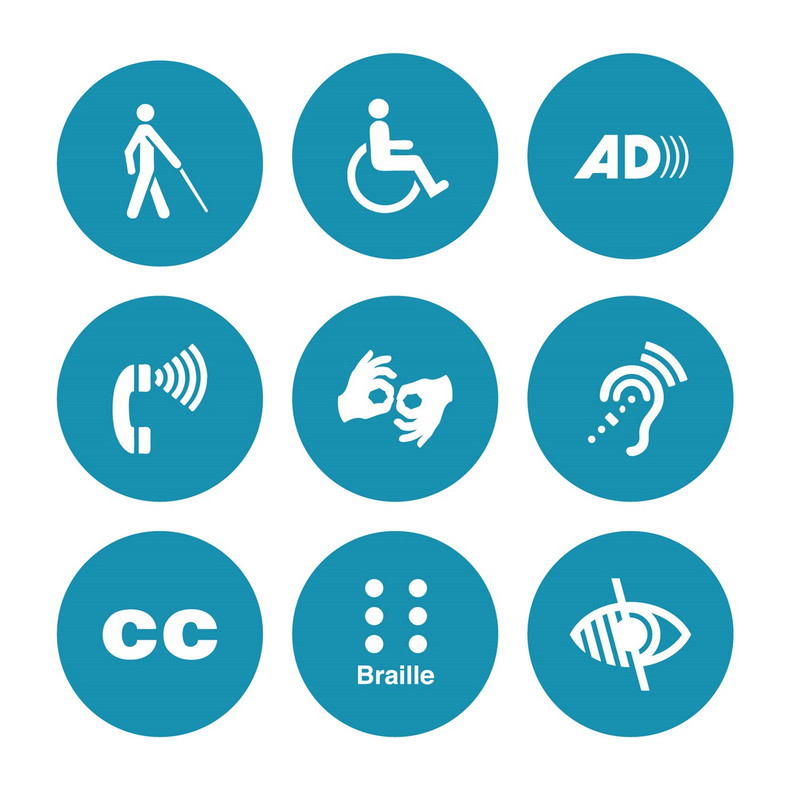ADA Accessibility
This is a confusing term, especially if you're trying to learn all about the Americans with Disabilities Act (ADA), and how to legally bring your business into compliance. To make matters even more complicated, recently it's been talked about often in relation to websites, as well. So what does ADA accessible mean? There are tons of rules and regulations for making your physical business location ADA compliant, usually involving some major renovations to accommodate handicapped or disabled patrons. These can include things like putting in ramps and wheelchair accessible restrooms, to obtaining ADA compliant signs, to making your job descriptions and opportunities available for people with disabilities. Recently, however, it's been in the news that even websites must be "ADA accessible", which is how the term is being presently used. Let's explore what, exactly, this means.
New Regulations
So, it's no wonder at all that people are trying to clarify the meaning of the term; "ADA accessible" these days. Apparently, in 2010, the Department of Justice (DOJ) published the Americans with Disabilities Act (ADA) Standards for Accessible Design. These standards state that all electronic and information technology must be accessible to people with disabilities, separate from any business's actual or physical location(s), to include all business's websites, as well as any online services offered therein. This is said to apply to any business with “places of public accommodation”, which includes the internet. The DOJ made the following statement on the subject: "The Department is currently developing regulations specifically addressing the accessibility of goods and services offered via the web, by entities covered by the ADA. The fact that the regulatory is not yet complete, however, in no way indicates that website discrimination will be tolerated." In the attempt to make their position clear on the subject, that ambiguous statement only raises more concerns. In the meantime, the ADA "encourages self-regulation of accessibility standards," leaving everyone pretty much still in the dark and confused about how to comply.
ADA Accessibility: In "General" Terms
Fortunately, the definition in the ADA for accessibility or compliance is fairly clear. Therefore, we should be able to deduce some very basic guidelines, by using these so-called "accessibility standards" that we are somewhat familiar with, and combining them with the 4 primary categories of disability and each of their specific needs. The 4 primary categories are:
- Hearing impairment
- Visual impairment
- Mobility impairment
- Cognitive impairment
Also, let's keep in mind that these guidelines are especially necessary now, due to the added quality of life the Internet has brought to the disabled population already, offering many impaired people the necessary tools for their complete independence. Being able to access the internet and its vast informational network alone, is nearly overwhelming to someone who could not even buy or read a newspaper a few years ago. Ordering supplies, food, and just about anything else you need, right online and can be delivered to your door, is like heaven on earth. Having a Google Assistant or an Alexa is a priceless service, and these are just a few.
Hearing Impaired
Visually Impaired
Mobility Impairment
Cognitive Impairment
Want to learn more about ADA accessibility and compliance? Check out our site here. Also find out what signs are required for ADA parking lots.

